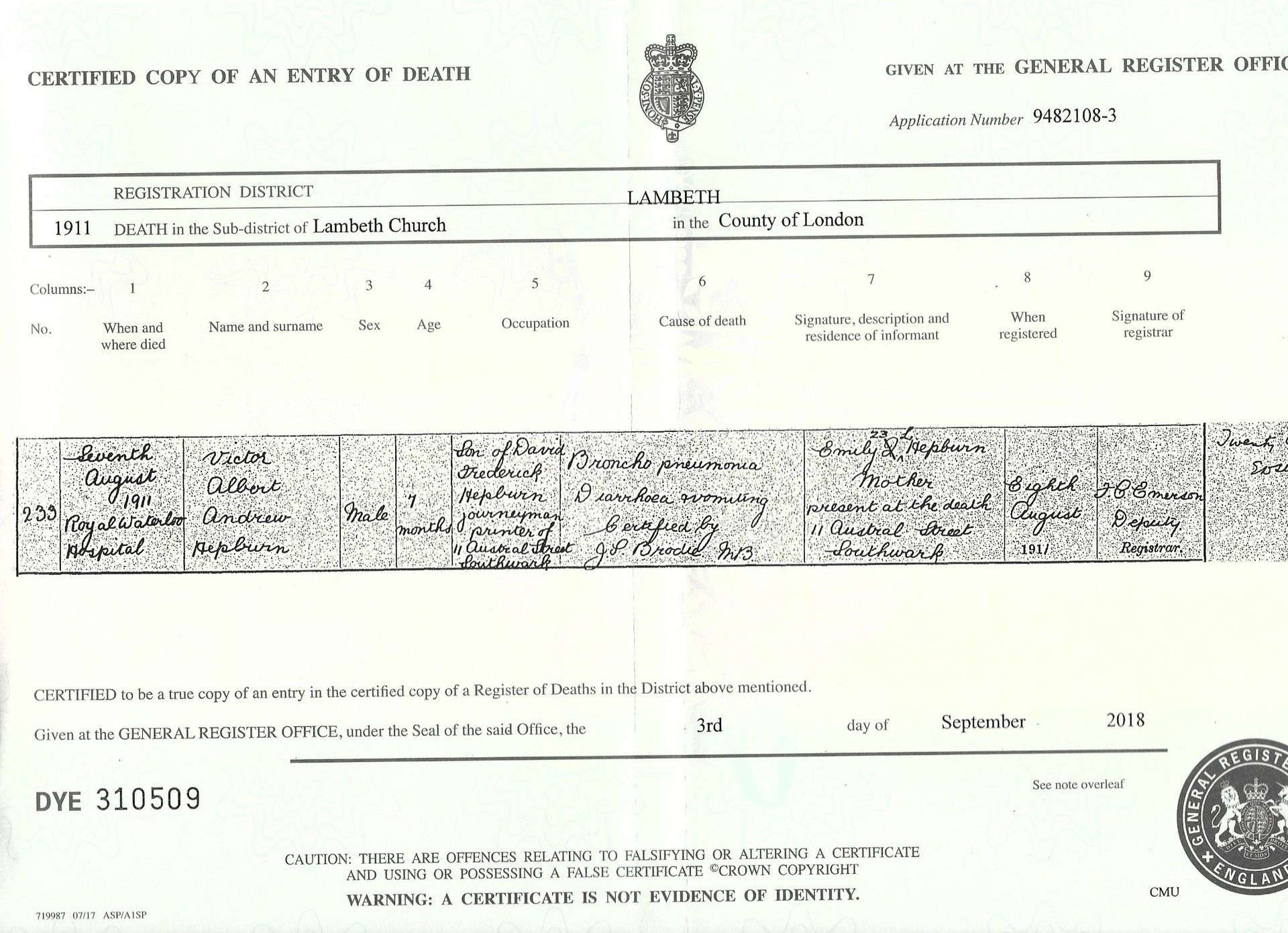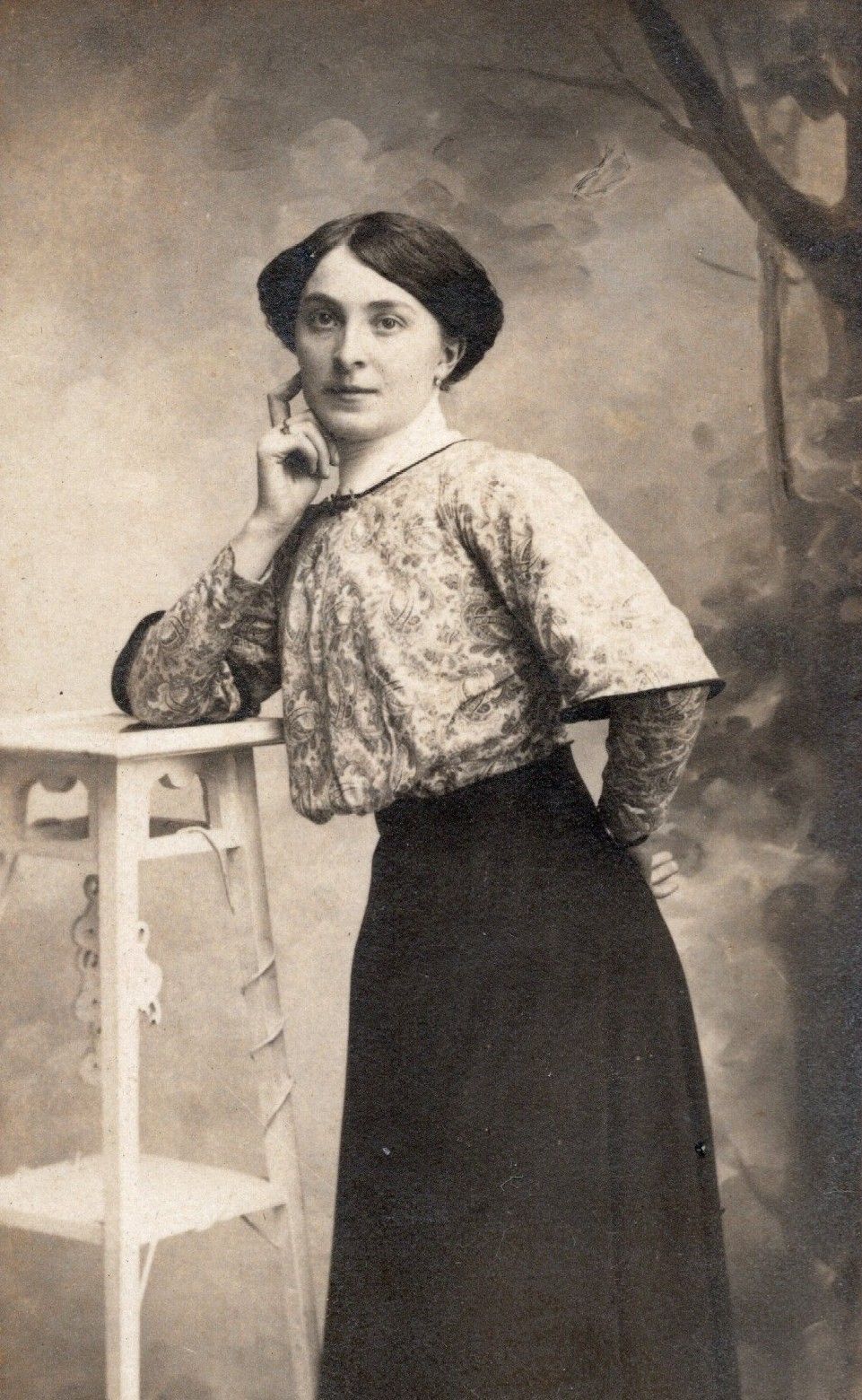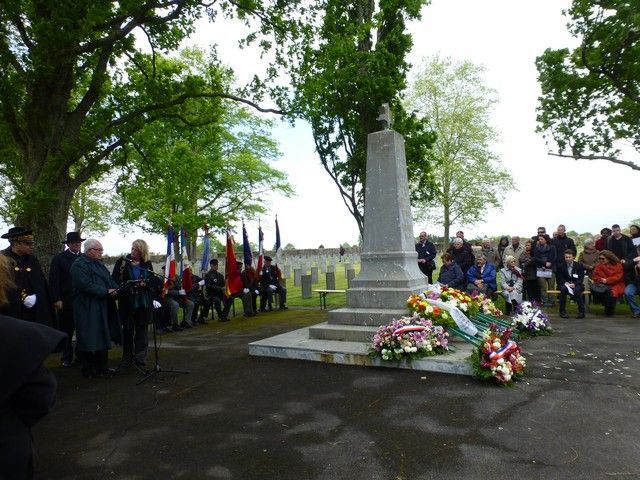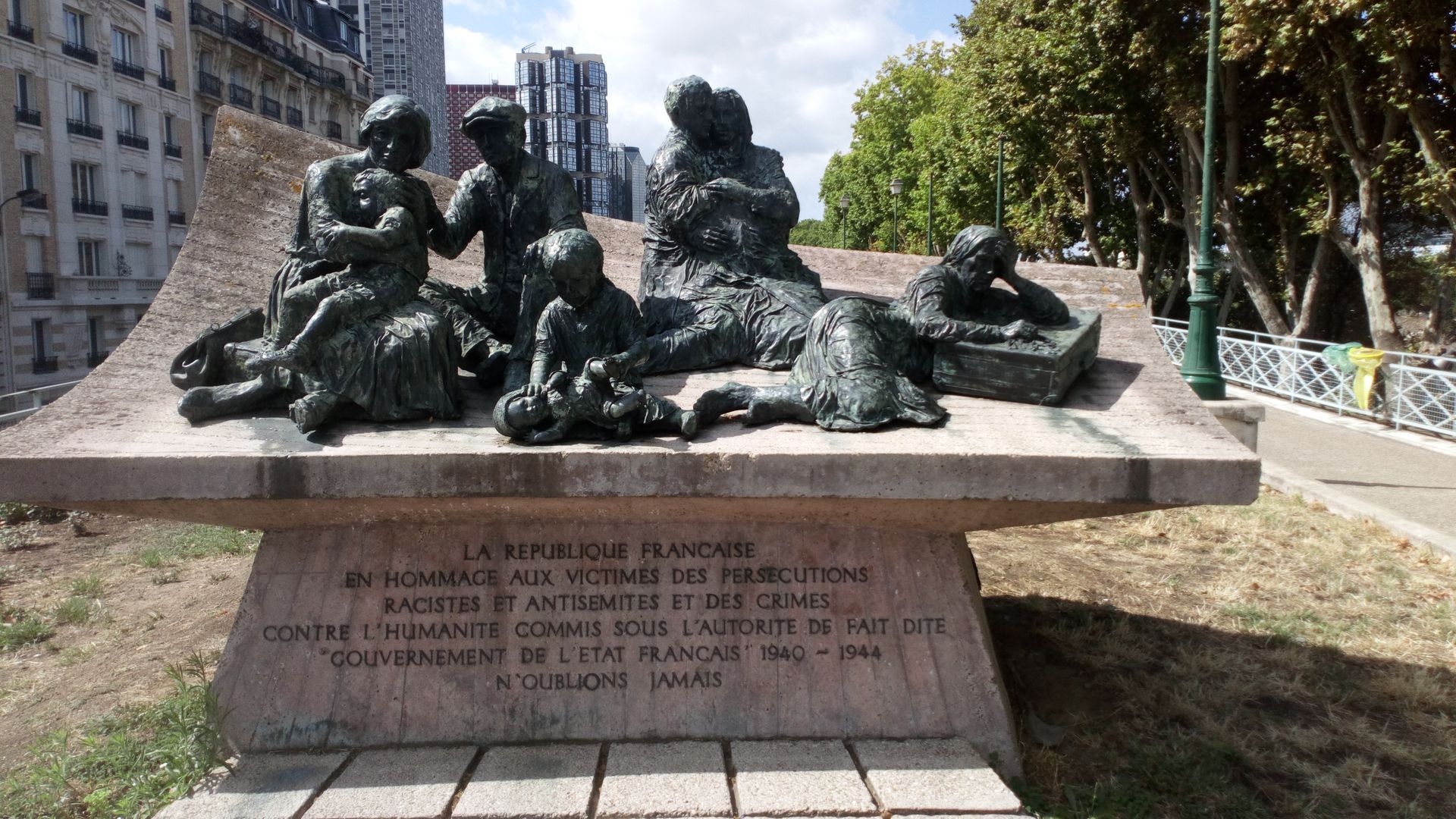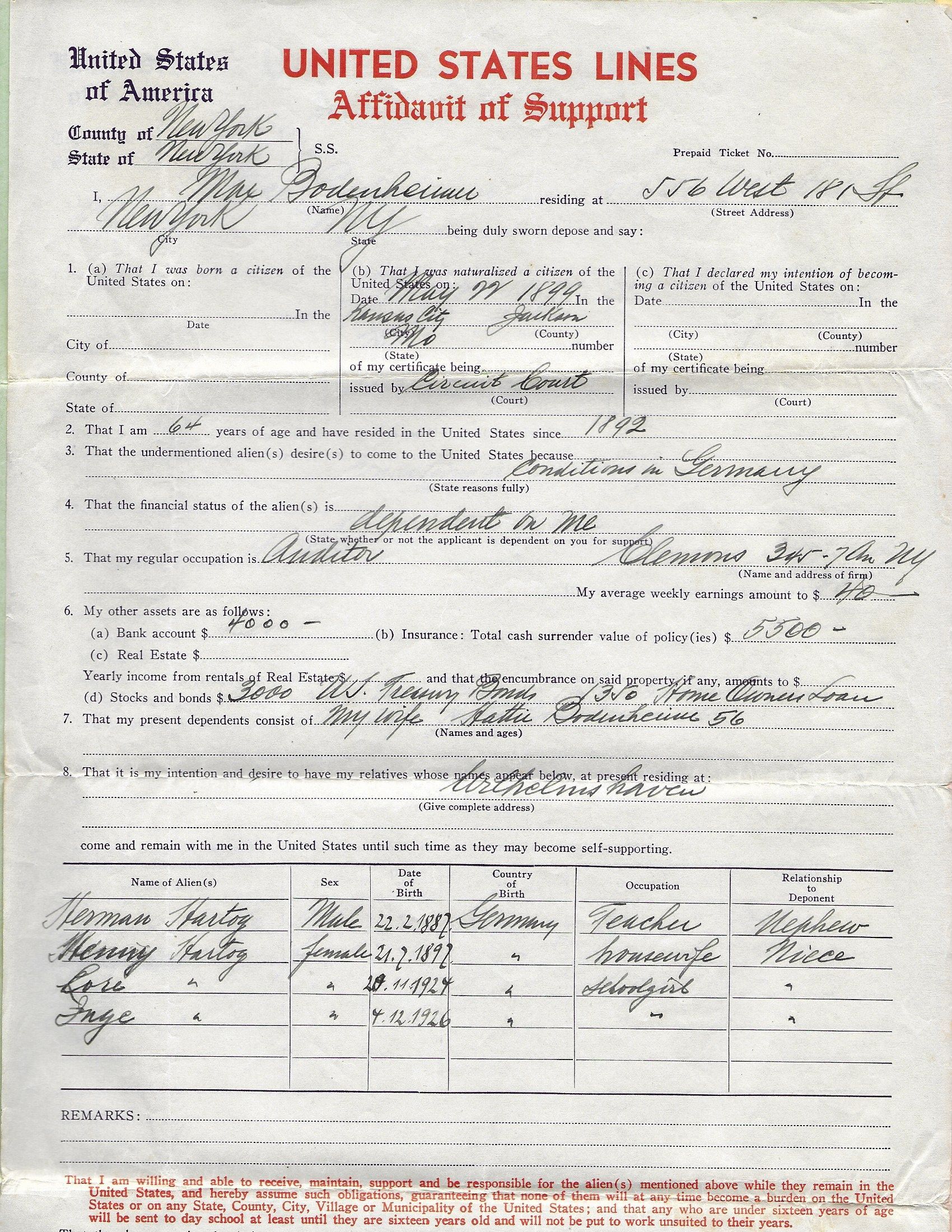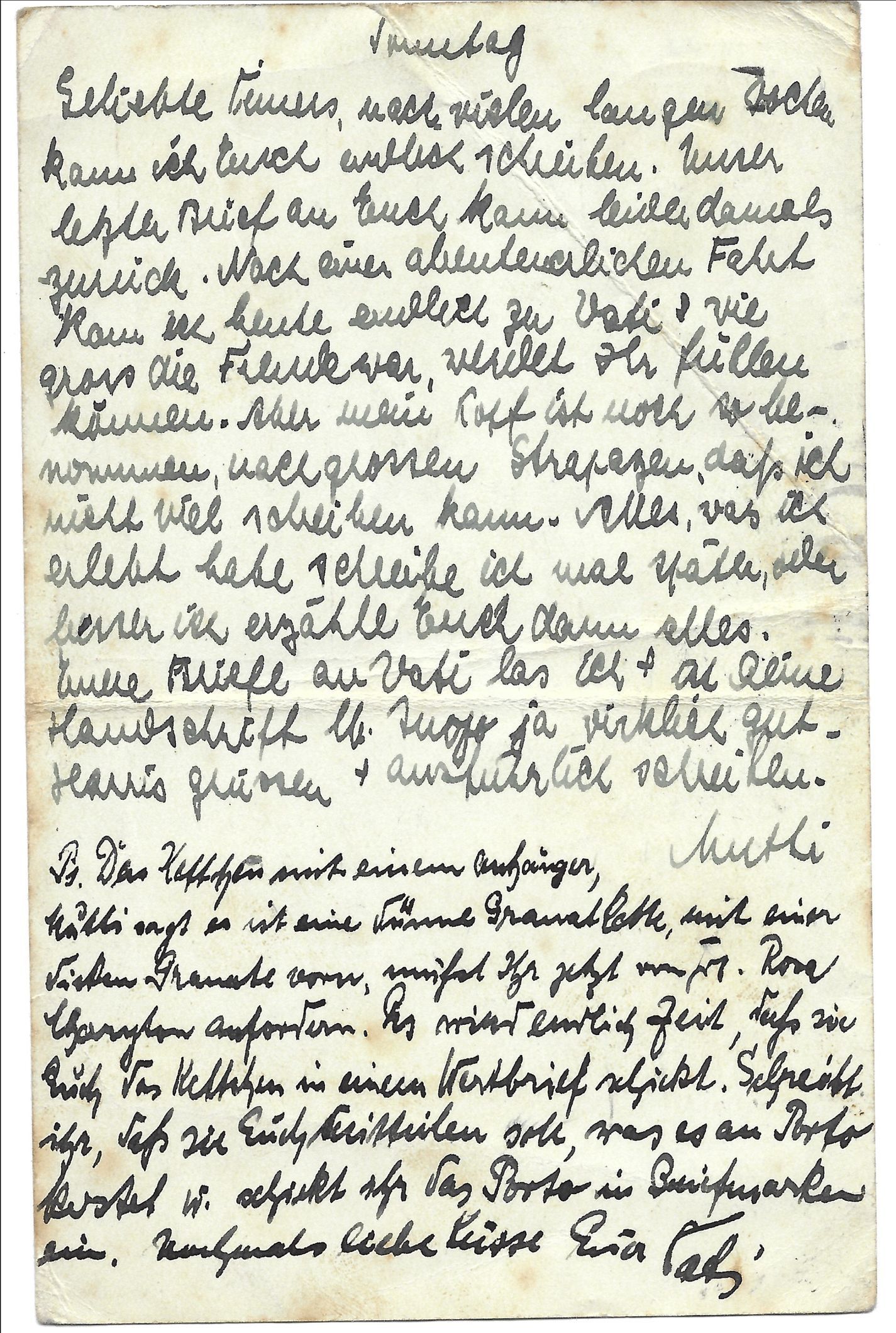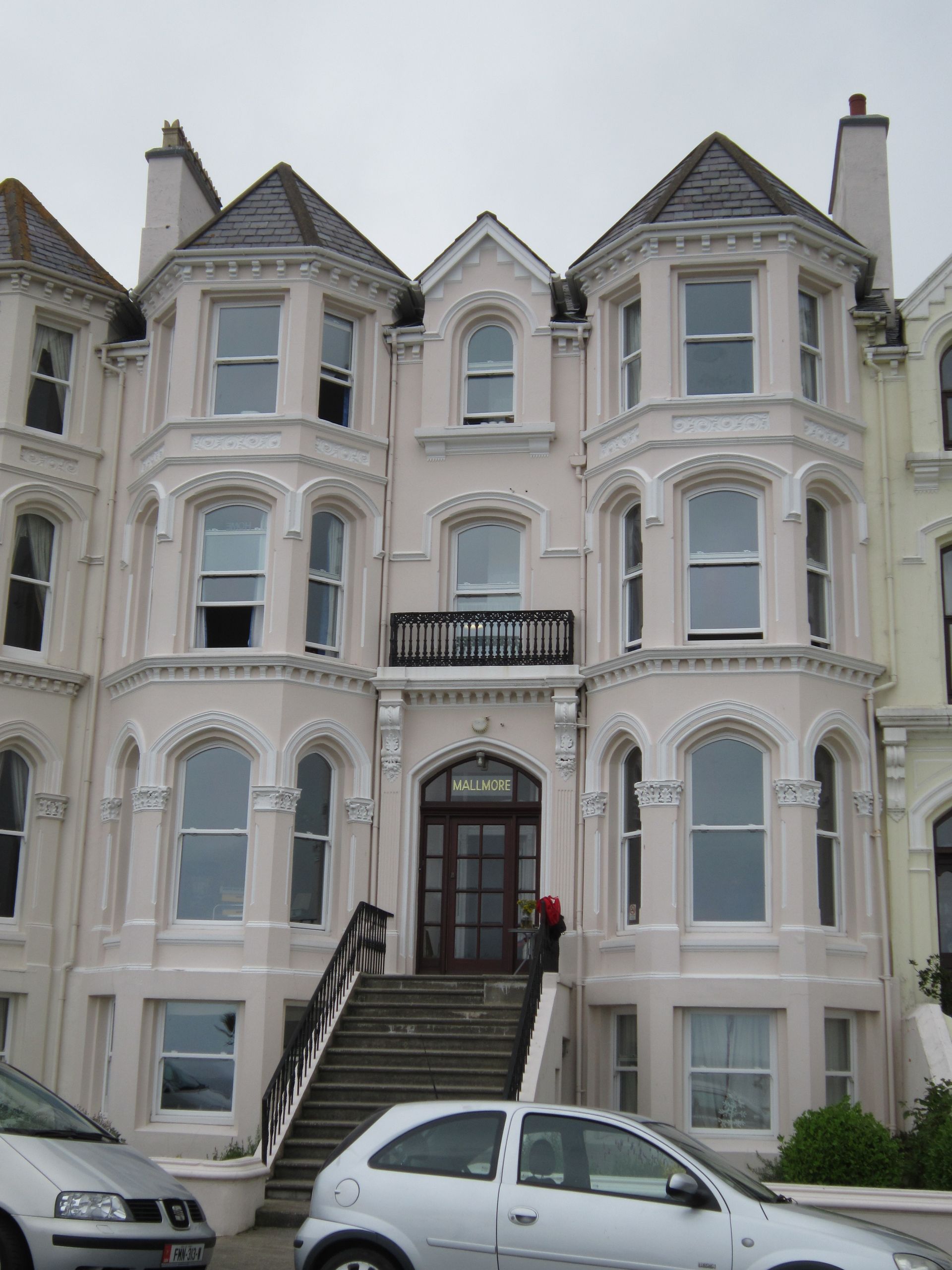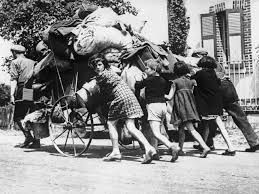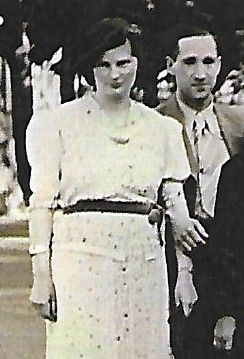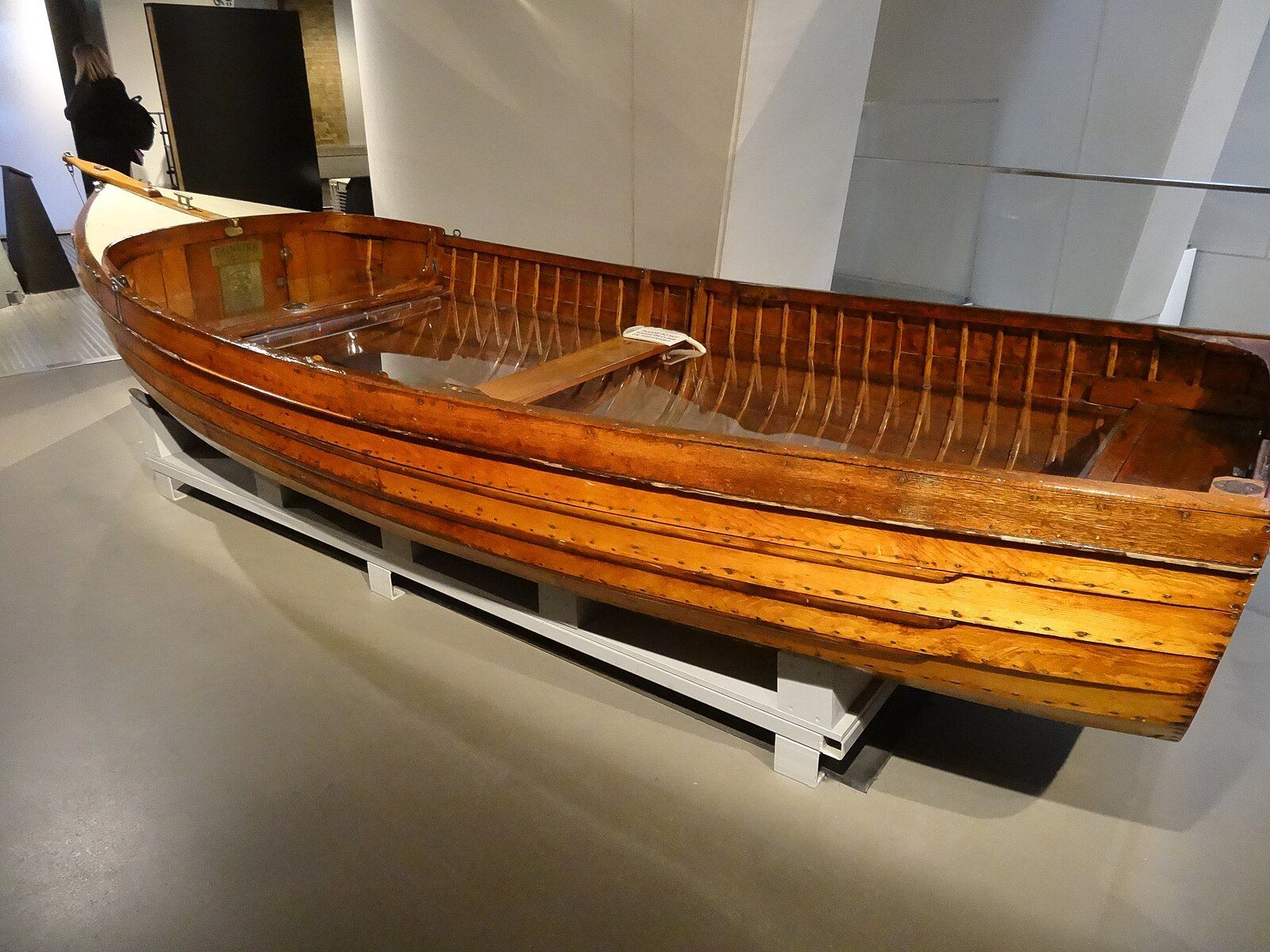anti-Nazi resistance in Germany during WW2
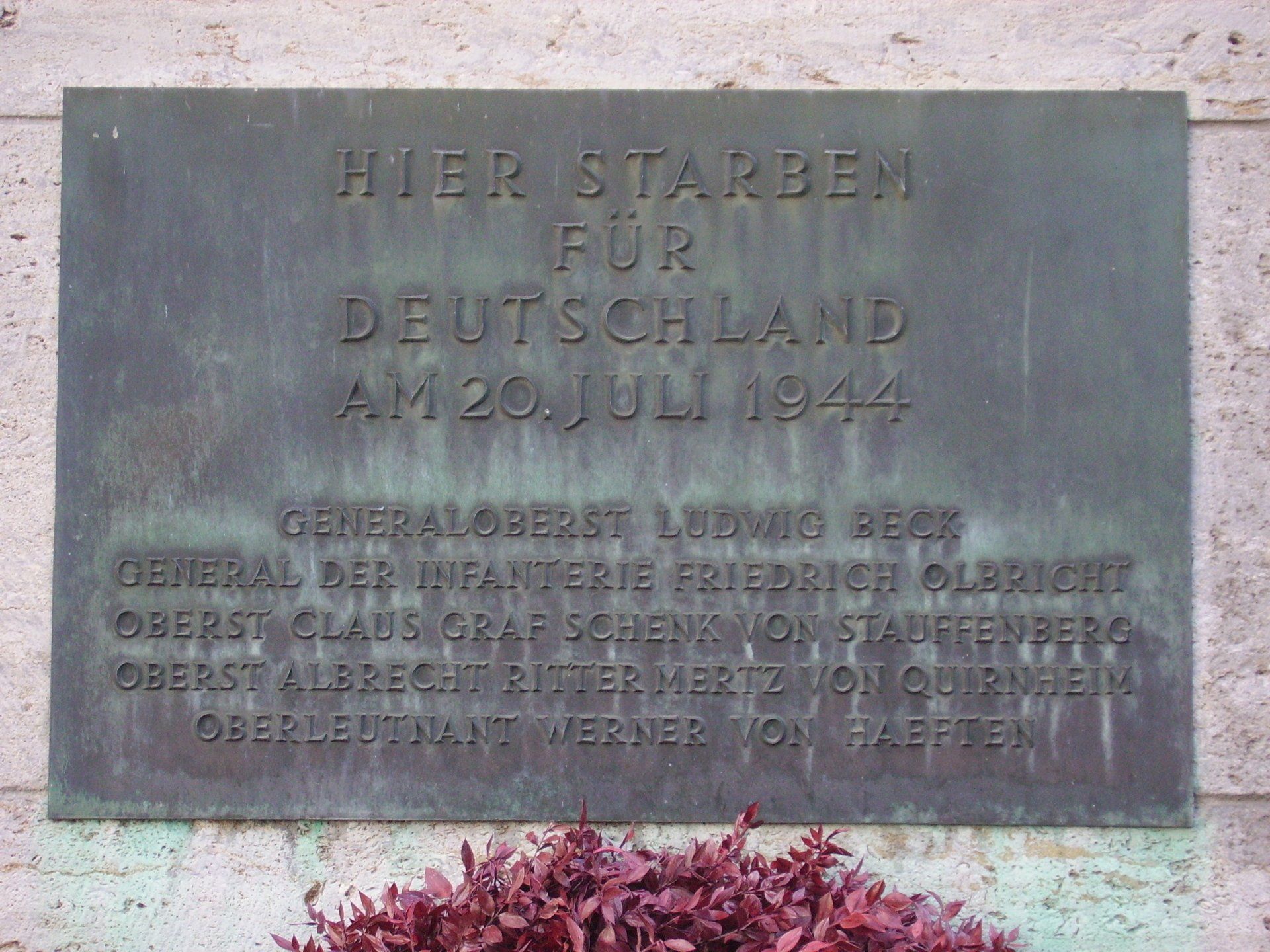
In November 1946 a young German arrived at Featherstone Park PoW camp. Otto John had been sent by the British army's Political Intelligence Department to interview every German colonel who was being repatriated. Herbert Sulzbach asked him when he had left Germany. '20 July 44'.
Otto and his brother Hans had been in an anti-Hitler group since 1936 and had both taken part in the assassination attempt on Hitler in July 1944. Hans was caught, tortured, and hanged. Otto escaped by plane via Madrid to Portugal.
As Herbert Sulzbach discovered more about German resistance, he realised that 'little, if anything, was known about it before the end of the war. Many people actually did not want to know anything about the existence of such a movement during the years 1933 – 45'.
Even when Sulzbach welcomed another Resister, Fabian von Schlabrendorff, to the German Embassy in 1968 he felt that he needed to explain to guests that 'it remained unknown that a vast cross-section of Germans, working class men, trade unionists, labour movement leaders, civil servants, soldiers, officers, had formed groups of anti-Nazi movements, that students even dared to issue and distribute leaflets telling of the horrors of Nazism.'
He wrote in a letter to 'The Times' in 1978, 'the attempt of 20 July 1944 was one of many attempts to kill the mass-murderer between 1939 and 1944!'
Today, the German Resistance Memorial Centre in Berlin is located in the former headquarters of the Army High Command, at the site of the attempted coup. On 20 July 1962, the mayor of Berlin unveiled a plaque bearing the names of the officers executed there by a firing squad on 20 July 1944.
(the picture shows the plaque in the commemorative courtyard)
